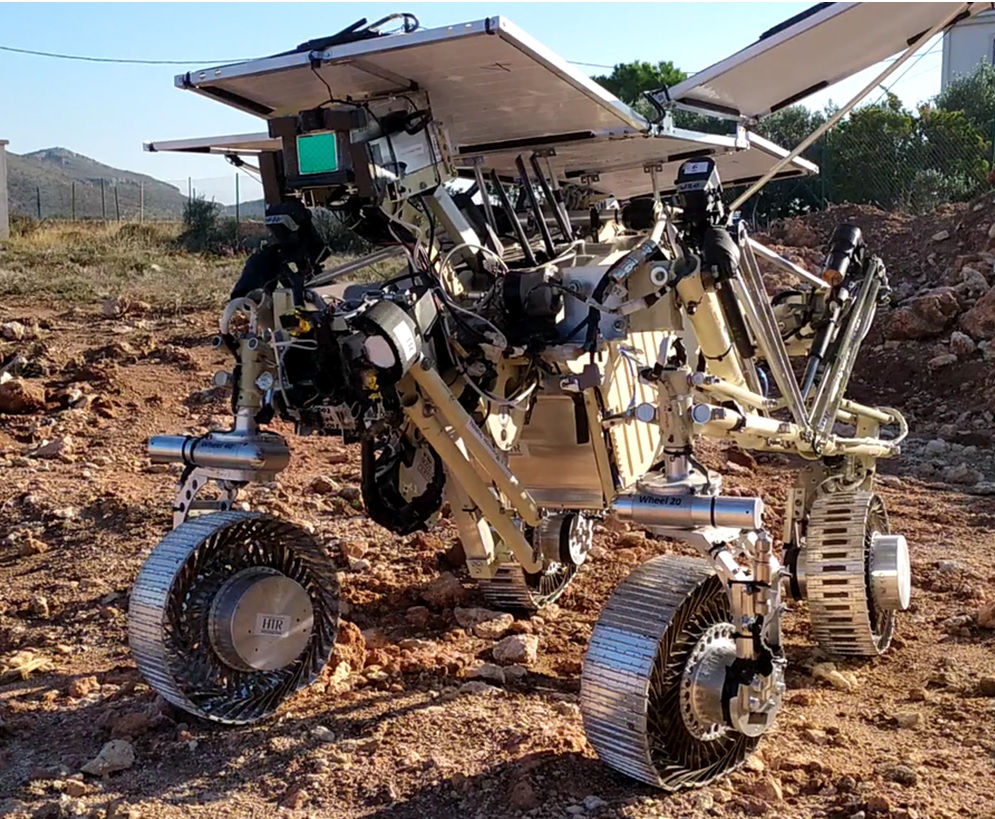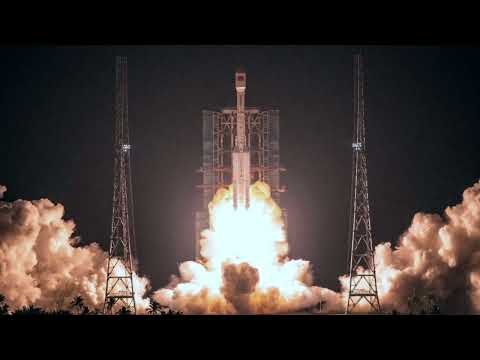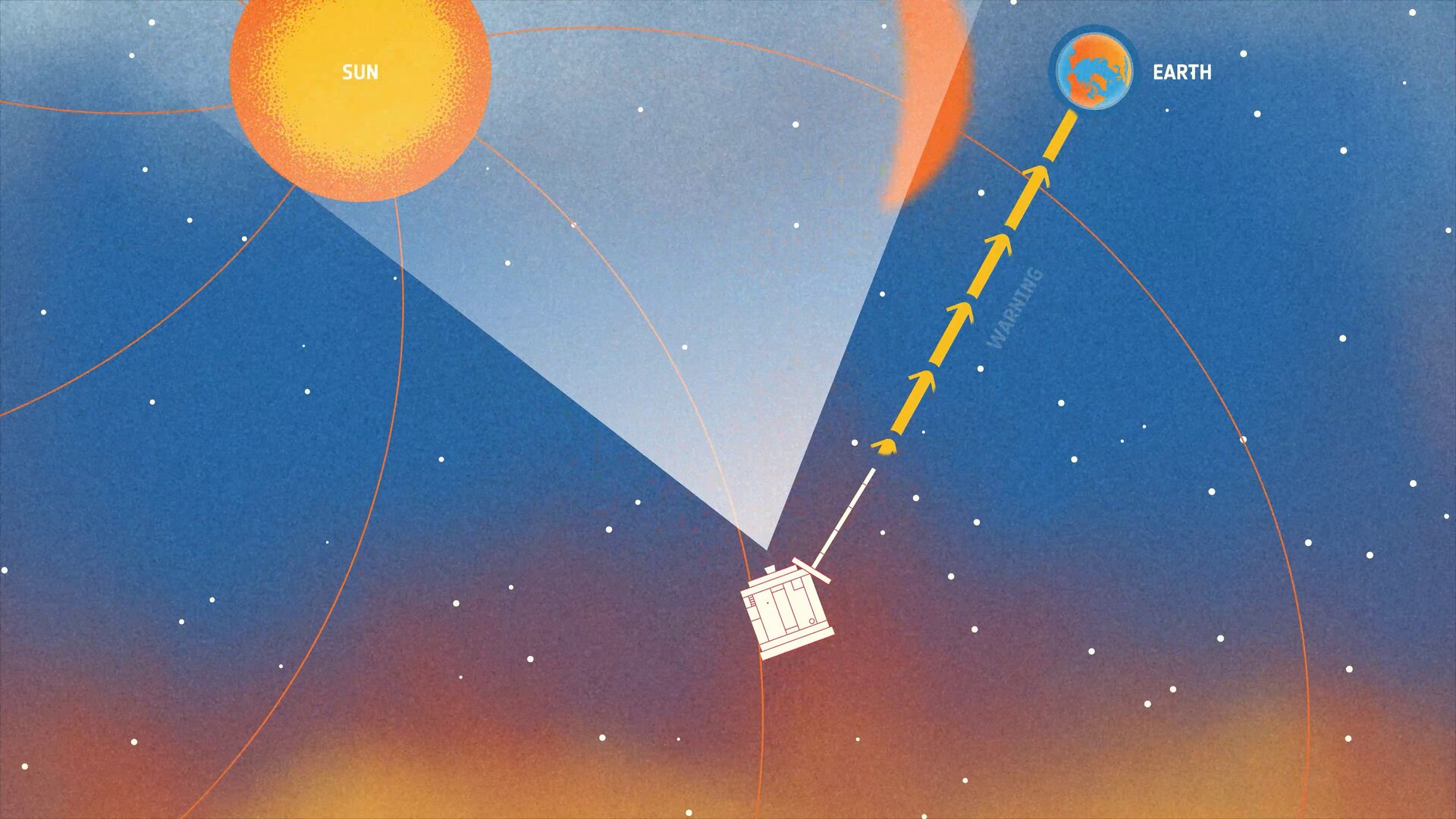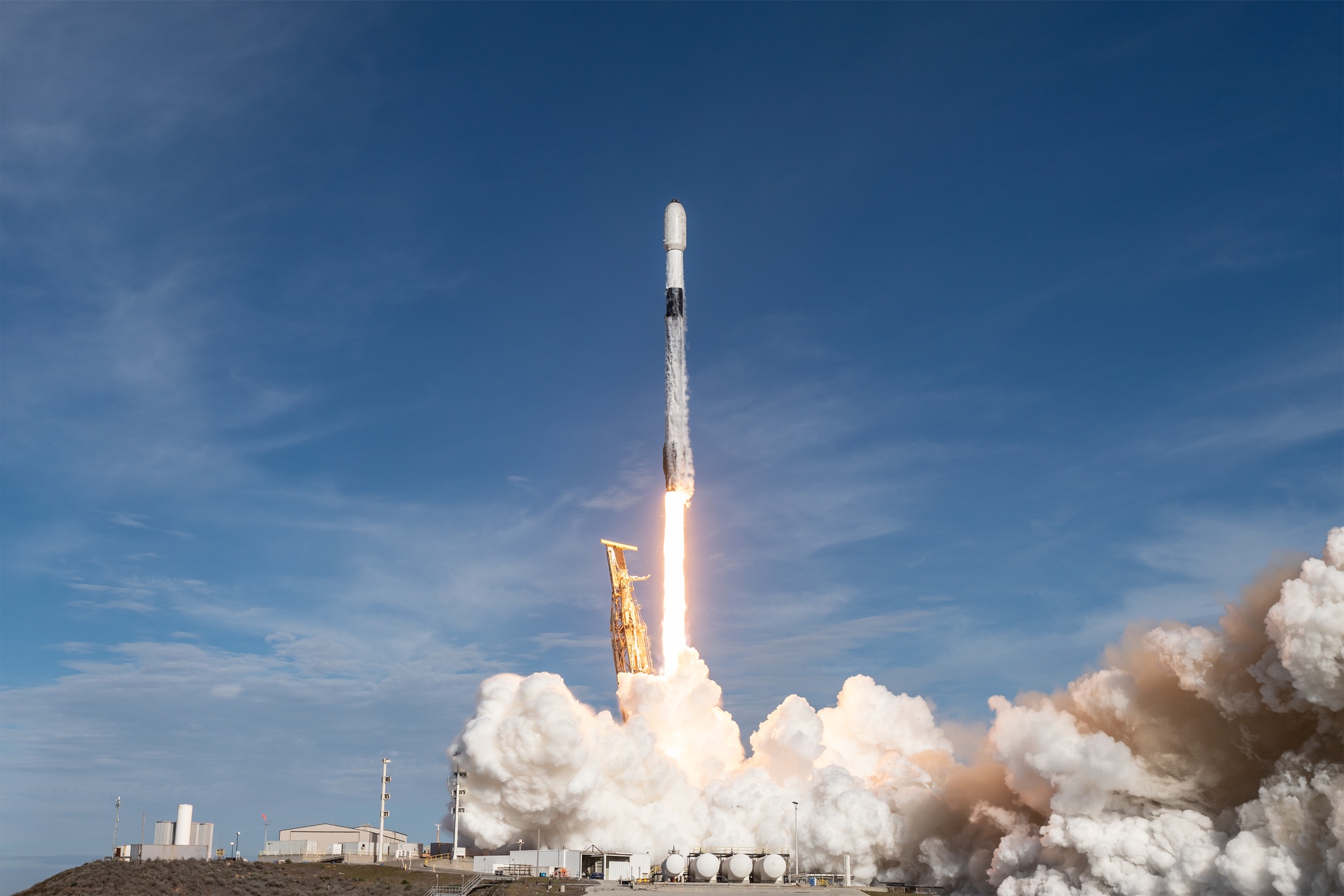Now Reading: HTR makes available engineering models of full-metal elastic Lunar wheels
-
01
HTR makes available engineering models of full-metal elastic Lunar wheels
HTR makes available engineering models of full-metal elastic Lunar wheels

At a time when the race to conquer the Moon is accelerating, with dozens of missions planned for the coming years, HTR decides, on a worldwide exclusive basis, to make commercially available its well-known, full metal elastic wheels for lunar use. These are the only wheels of this kind that can be obtained anywhere on the planet today. HTR’s Media Manager, Dr. Anastasios Katelouzos, gives some hints about this premiere.
Who is HTR?
HTR is located in South Europe, with several subsidiaries around the Continent. We are in robotic locomotion since 30 years.
What are the characteristics of these wheels and how they support lunar use?
HTR has been manufacturing, testing and optimising elastic metal wheels since 2016. We have a revolutionary design protected by worldwide patents. After many years of research, we came up with an optimal wheel design, combining durability with excellent performance.
So, you are addressing a very limited “audience”, which is preparing a vehicle for the moon and needs wheels?
The target group for our wheels is much larger than the teams that are preparing a mission for the immediate future. We address all those who work on planetary exploration vehicles (rovers), either designing mechanical parts, or doing navigation algorithms, path planning, etc. Our wheels are the only ones available at this moment, that can be used and faithfully reproduce the behavior of these vehicles under lunar conditions. Using our wheels, researchers will be able to see exactly how their vehicles will move on the lunar surface, provided they take into account lunar gravity and scale effects. In short, we offer to these teams an opportunity to “run” experiments with a realistic rover lunar behavior, while still on Earth. Using other wheels, e.g. rubber wheels or 3D printed plastic parts, they will not achieve the same behavior for the vehicle. As a result, they will not be able to predict correctly what will happen on the surface of the Moon.
How confident are you that these wheels shall withstand the demanding operating conditions they will be subjected to?
At HTR we have performed endurance experiments of our wheels, for total distances of over 1000Km, under the worst possible environmental conditions, (e.g. operation in extremely fine basaltic sand). For comparison, the lunar wheels used by NASA in the sixties, where tested (and failed) for less than 100 km. In HTR, we disassembled the tested wheels and analyzed all the wear and failures, with the ultimate goal of redesigning the parts that needed to be reinforced. We are now in the 4th generation of this iterative process, therefore we can guarantee long term operation for the wheels, as long as they remain within the intended load limits.
What kind of vehicles can your wheels be used on?
The available wheels are of two types, for terrestrial vehicles ranging from 50 to 150Kg. Taking into account lunar gravity, this would mean that they could fit lunar rovers in the range of 300 to 900Kg. More details and an extensive manual for the wheels can be found on our website, www.htr.gr or https://www.linkedin.com/company/hellenic-technology-of-robotics/posts/?feedView=all
How did HTR decide to market these wheels worldwide, despite the obvious risk of them being replicated?
This question has been a big dilemma for us. We like to think that because of the extremely low price at which we offer our wheels, no one would bother to copy them; it would be more advantageous to just buy them!
Stay Informed With the Latest & Most Important News
Previous Post
Next Post
-
 01From Polymerization-Enabled Folding and Assembly to Chemical Evolution: Key Processes for Emergence of Functional Polymers in the Origin of Life
01From Polymerization-Enabled Folding and Assembly to Chemical Evolution: Key Processes for Emergence of Functional Polymers in the Origin of Life -
 02Panasonic Leica Summilux DG 15mm f/1.7 ASPH review
02Panasonic Leica Summilux DG 15mm f/1.7 ASPH review -
 03Two Black Holes Observed Circling Each Other for the First Time
03Two Black Holes Observed Circling Each Other for the First Time -
 04How New NASA, India Earth Satellite NISAR Will See Earth
04How New NASA, India Earth Satellite NISAR Will See Earth -
 05And Thus Begins A New Year For Life On Earth
05And Thus Begins A New Year For Life On Earth -
 06Astronomy Activation Ambassadors: A New Era
06Astronomy Activation Ambassadors: A New Era -
07SpaceX launch surge helps set new global launch record in 2024


















